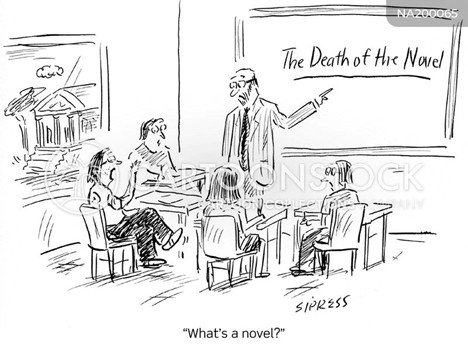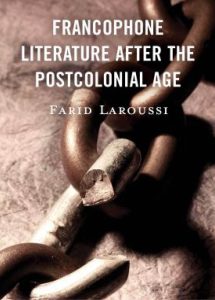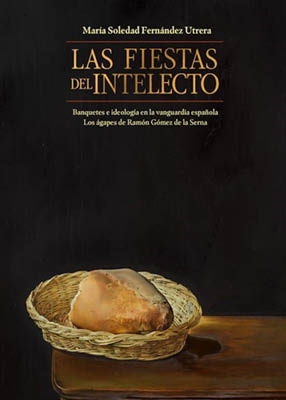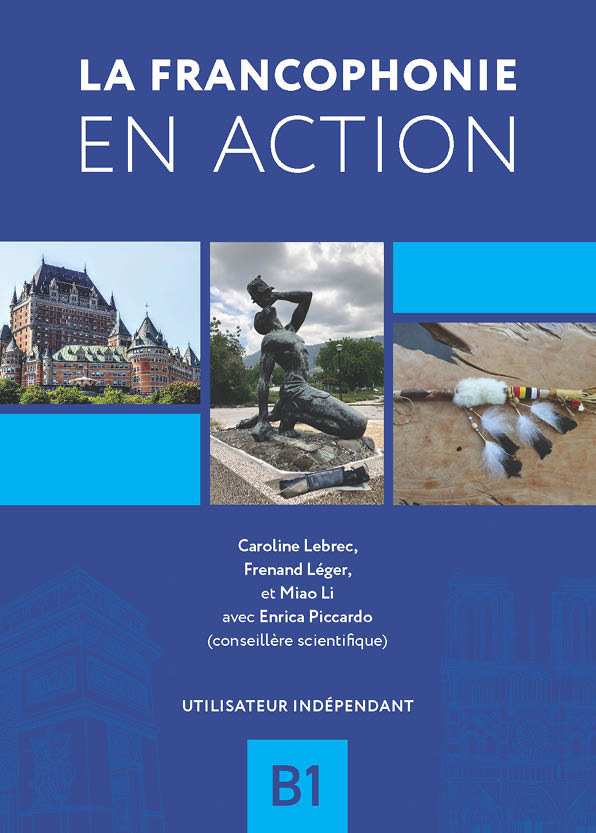
La fabrique du roman français contemporain
Comment se forger une idée critique du roman français contemporain (post-1945) dans un milieu culturel, politique, et historique complexe ? Qu’est-ce que le roman a conservé de sa riche tradition ? Qu’a-t-il inventé en près d’un siècle ? Bref, dans un monde de l’éphémère et de l’image-reine qu’est-ce la littérature française essaie de nous dire ?
Notre séminaire sera constitué de quatre unités qui tenteront de cerner des problématiques distinctes, mais qui ensemble définissent en grande partie le genre romanesque contemporain en France.
Unité#1. La déconstruction du roman. Si la pensée incarne son temps, on peut dire alors que le Nouveau Roman a constitué une entreprise de démolition de tous les codes romanesques, y compris situer l’objet contre le sujet. L’analyse textuelle se fera autour de La jalousie, roman emblématique de Robbe-Grillet sur le thème de l’absence-présence du narrateur, l’impossibilité du regard objectif, le sentiment qui alimente l’imagination, et le dérèglement des attentes du lecteur.
Unité#2. Le roman-concept. Un problème critique majeur dans le roman contemporain demeure celui de la fusion des disciplines et mouvements. Nous parlerons ici en particulier de l’impact de la philosophie dans la fiction littéraire. Il s’agit plus précisément de remettre en question la place de l’être humain, et celle de la théorie (linguistique, sémiotique, appareil comparatif, psychanalyse, etc.) dans ce qu’a pu dire le roman à l’âge atomique ou celui de la décolonisation. Pour se faire nous lirons Vendredi ou les limbes du Pacifique, œuvre dans laquelle Tournier nous plonge dans un univers proprement littéraire (imaginatif, sensuel, avec une intrigue en suspens) mais qui propose aussi une discussion de l’aliénation ontologique et de la manière dont nous habitons le monde.
Unité#3. Le jeu du roman ou le retour du refoulé (repressed). Alors que le roman avait été enterré, accusé de perte de sens, il a connu une renaissance à partir des années 1990. Toutes les théories et discours ont laissé leur trace (poststructuraliste, post-industriel, postmoderne, post-historique, hypermoderne, etc.), alors que le roman a conservé son énergie autour du mode ludique, incongru, ou du sens de l’évasion par exemple. Nous verrons comment ce roman-là s’engage à construire des histoires contre l’Histoire, à donner un sens au monde à l’échelle individuelle. Dans cette voie, nous étudierons Je m’en vais de Echenoz, roman qui revendique un renouveau littéraire et romanesque au sens traditionnel. On y retrouve aussi la complicité du narrateur avec le lecteur.
Unité#4. Le roman social : la revanche. Sous l’influence des travaux de Bourdieu notamment, on abordera ici la thématique de la violence sociale construite dans un travail de fiction, ce qui pose la question du témoignage et de l’engagement. Dans quelle mesure les racines sociales conditionnent-elles la production littéraire, et dans quel but ? Comment le roman peut-il devenir une archive ? Le roman d’Édouard Louis, L’effondrement, nous servira en quelque sorte de laboratoire d’analyse de cette France du XXIème siècle. Avec, en particulier, notre attention sur l’écriture de soi/sa famille et les différents modes de violence qui seront les thèmes-clef pour définir -la place- de l’écrivain d’aujourd’hui.
Language of instruction: French
Instructor: Dr. Farid Laroussi
Coming soon!
- Alain Robbe-Grillet. La jalousie (1957)
- Michel Tournier. Vendredi ou les limbes du Pacifique (1967)
- Jean Echenoz. Je m’en vais (1999)
- Édouard Louis. L’effondrement (2024)





